Clients who have experienced traumatic events and seek EMDR therapists rely on them as guides through their most vulnerable moments. Trauma leaves an imprint on the body, and if clinicians don’t know how to stay embodied in the midst of these powerful relational moments, they risk shutting down with their clients or becoming overwhelmed by the process.
This book offers an integrative model of treatment that teaches therapists how to increase the client’s capacity to sense and feel the body, helps the client work through traumatic memories in a safe and regulated manner, and facilitates lasting integration.
Part I (foundational concepts) offers a broad discussion of theory and science related to trauma treatment.
Part II (interventions) presents advanced scripted protocols that can be integrated into the eight phases of EMDR therapy.
Other topics discussed include a focus on complex PTSD and attachment trauma, which addresses topics such as working with preverbal memories, identifying ego states, and regulating dissociation; chronic pain or illness; and culturally based traumatic events. Also included is a focused model of embodied self-care to prevent compassion fatigue and burnout.

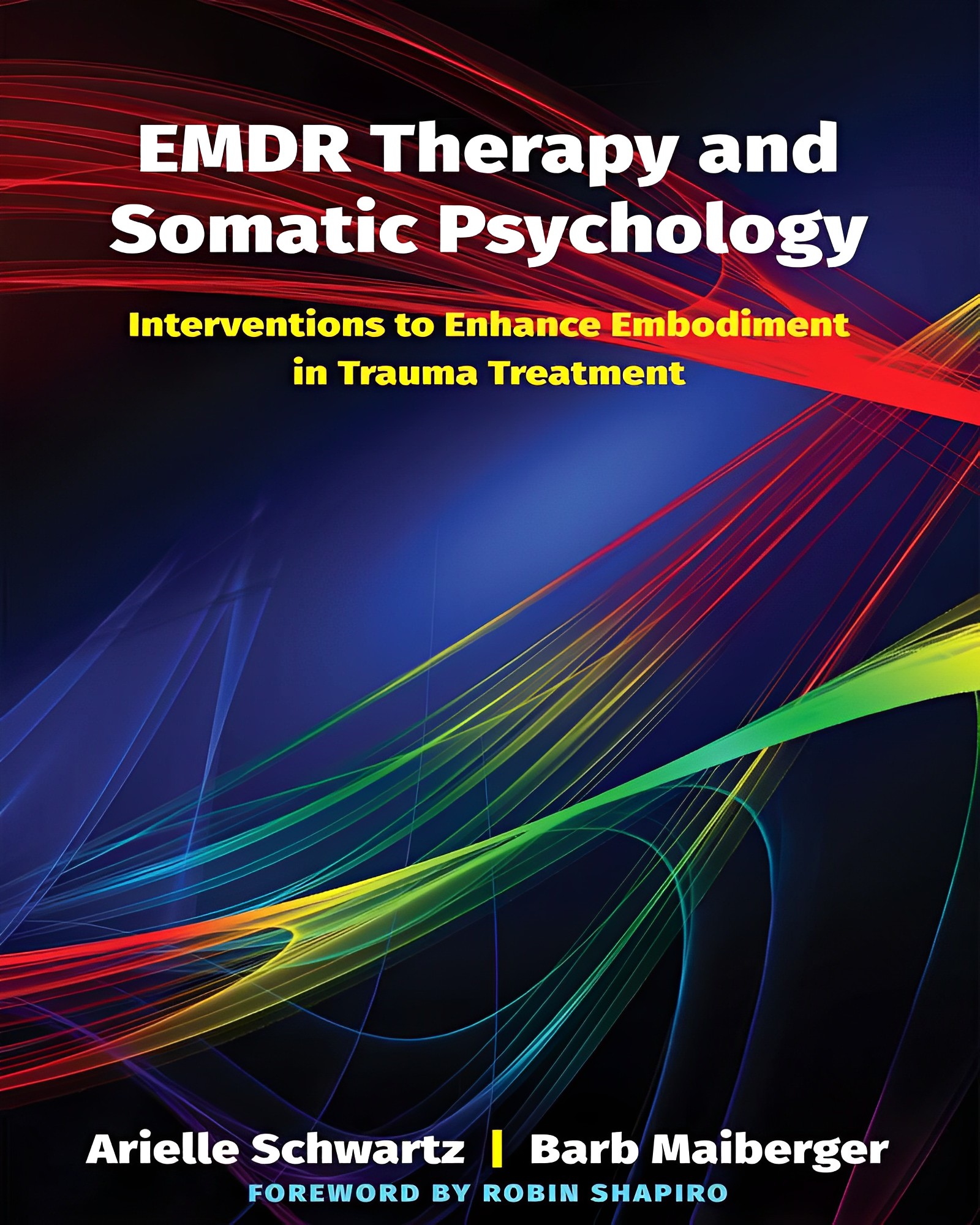
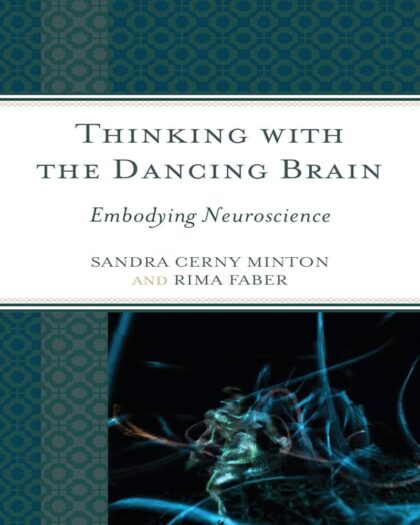

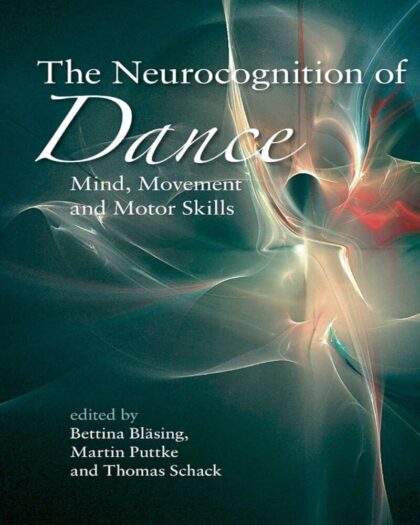
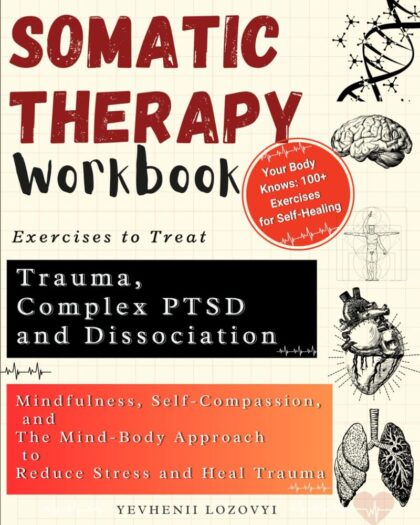
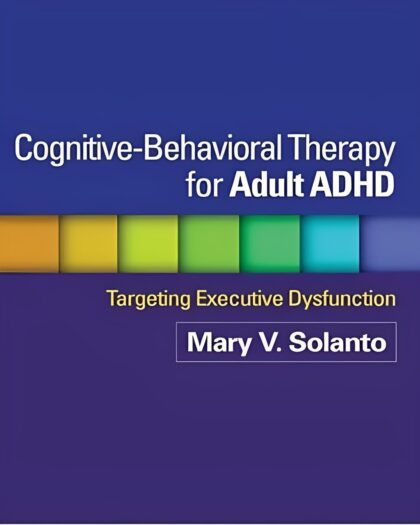

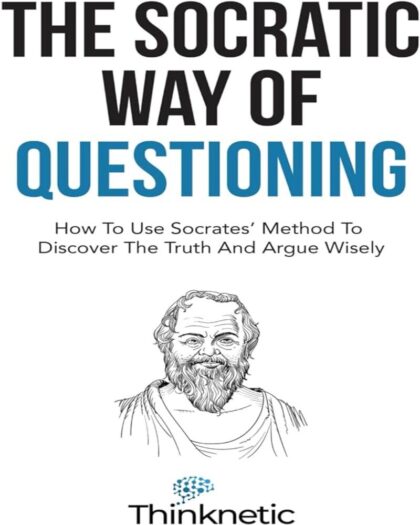
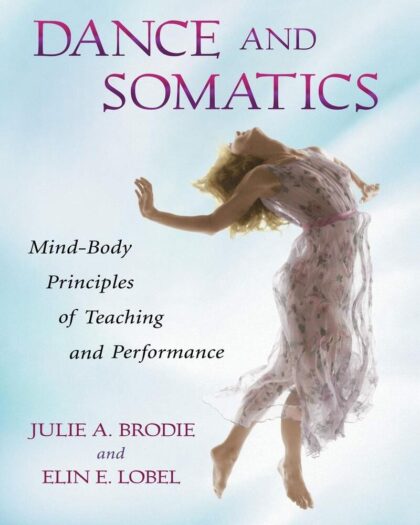
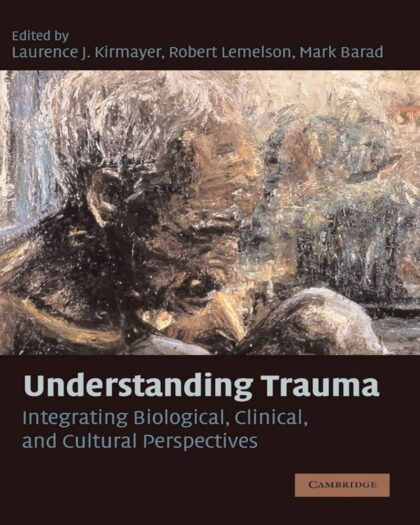
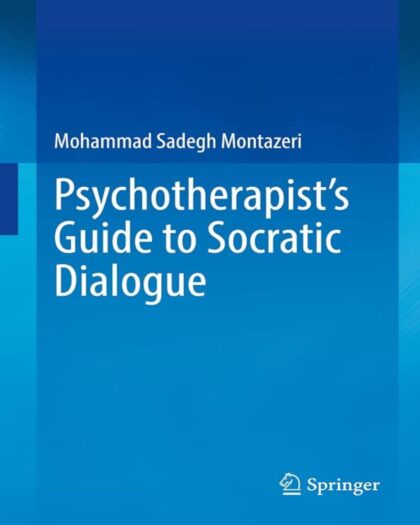
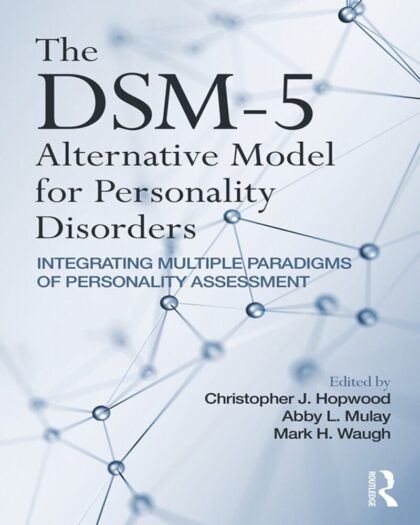
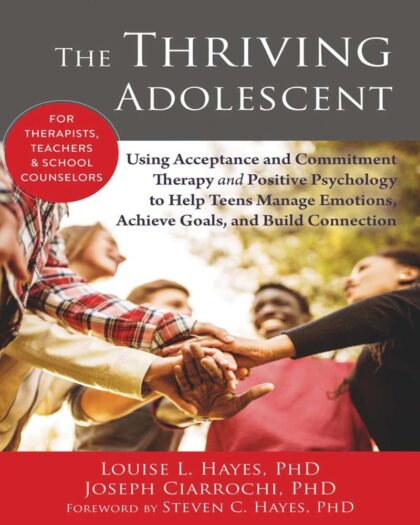
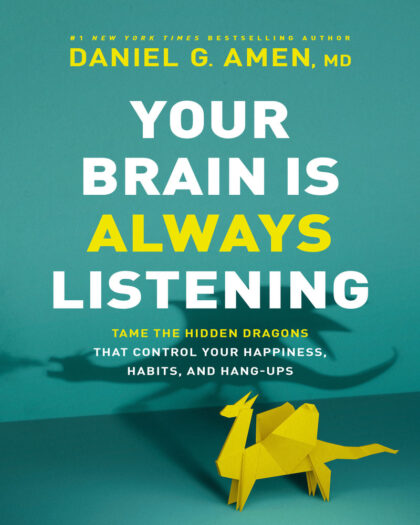
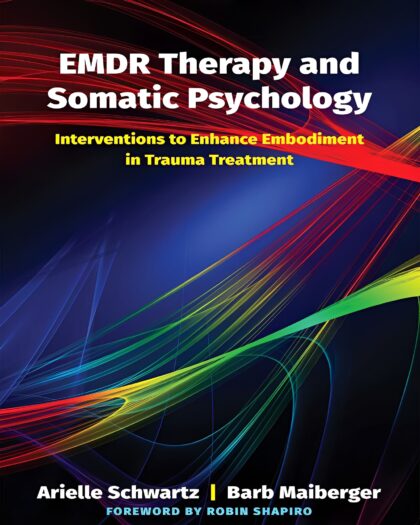
Reviews
There are no reviews yet.